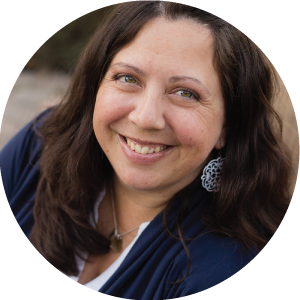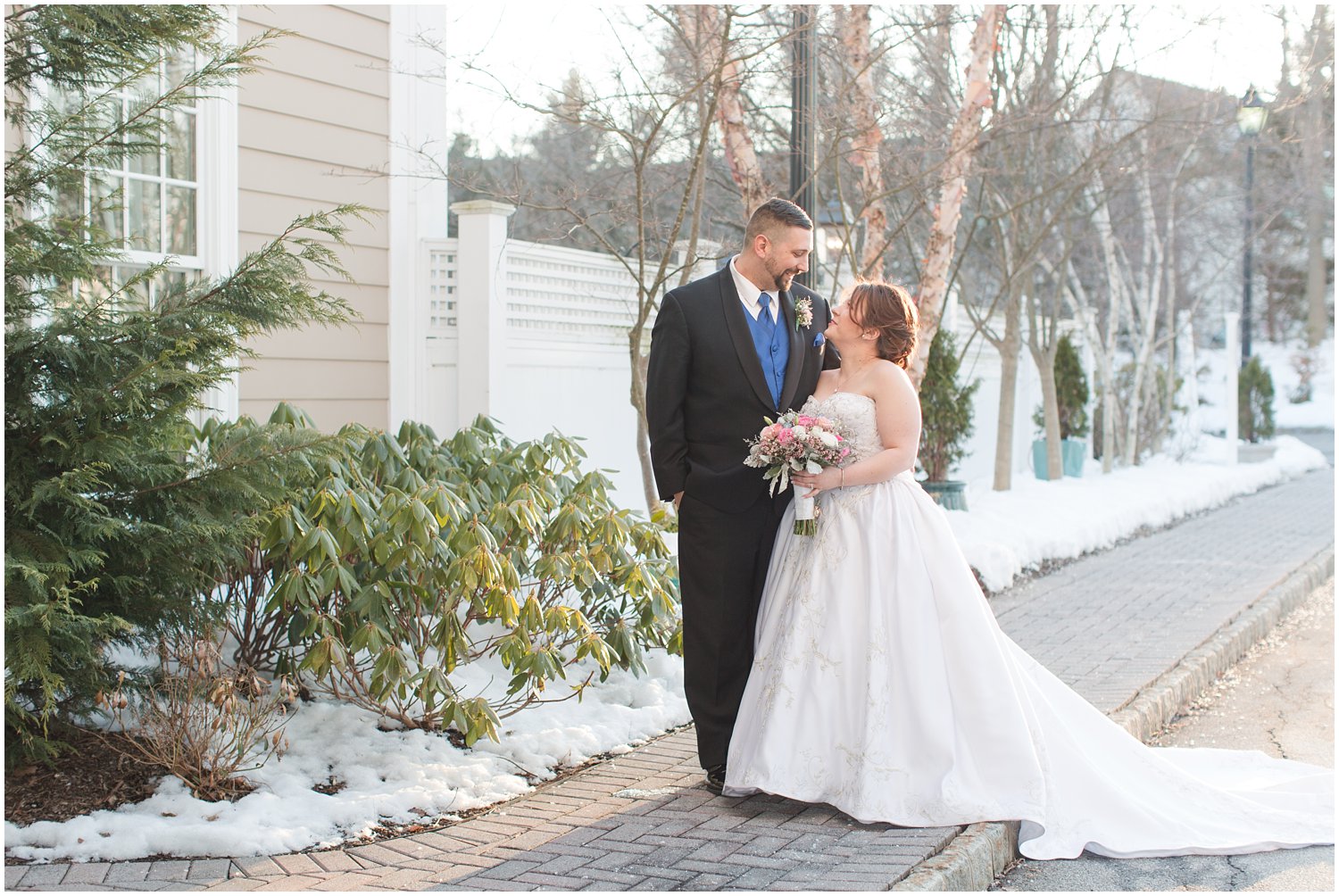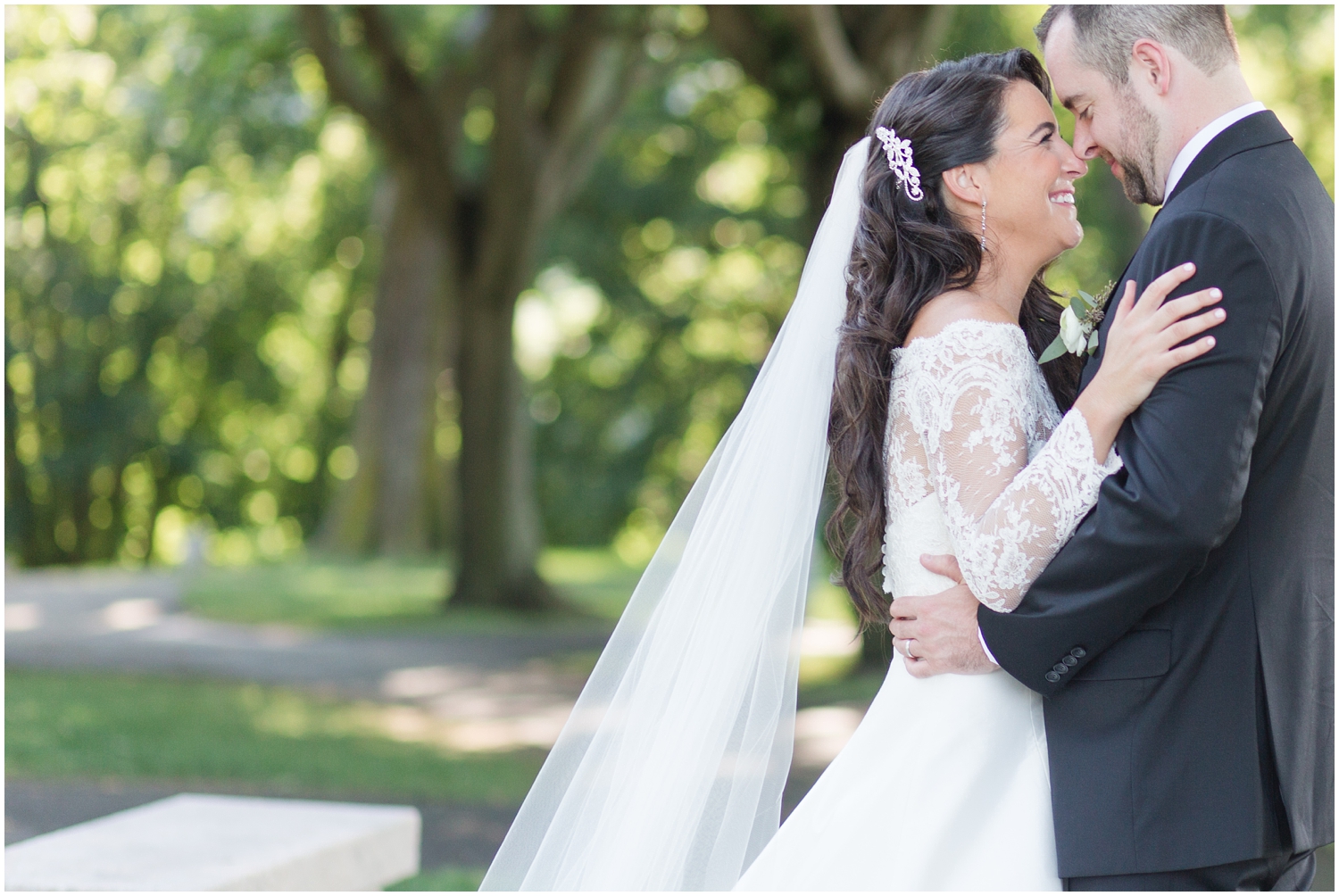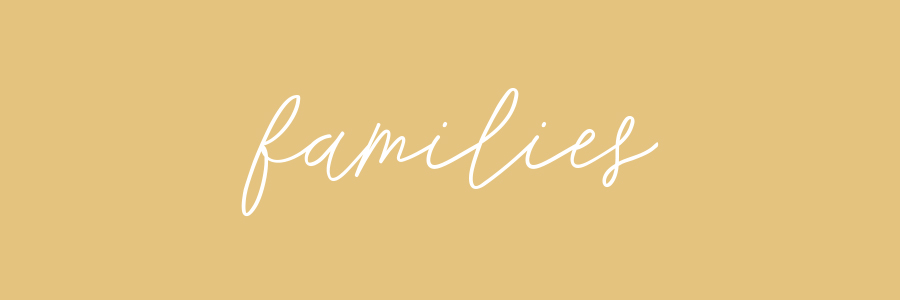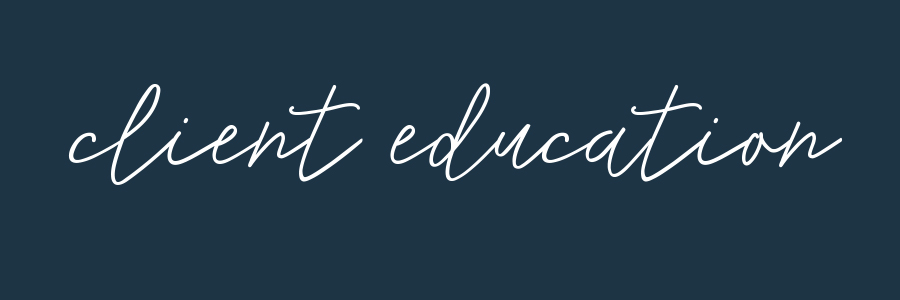The First Year // The first few months
/The first few months of my photography journey were exhilarating, somewhat frustrating and a fury of learning and growth. I started my journey with a Canon Rebel t3i and a couple of kit lenses. This was all a gift from my loving parents for my birthday. I was so intimidated by all of the buttons on the camera that I bought a book that was more extensive than the camera manual itself in order to learn what they all meant. I spent weeks and weeks googling, reading and researching all I could on "learning digital photography."
I discovered the exposure triangle, aperture, shutter speed and ISO and how they all worked together. Even though I "got it" through reading, actually taking a well exposed photo was another story. I went on walks around my neighborhood over and over again looking for things to photograph.
Through more research and study I learned about metering and this is where a lot clicked for me. Understanding how the camera meter worked and the different types (spot, evaluative, partial etc...) and then adjusting shutter to achieve proper exposure just "made sense" to me and my photos all of a sudden became much better. I could properly expose a photo the first time instead of constantly seeing an all-white or all black screen (overexposed or underexposed) and then having to try various settings over and over again to get it right.
Figuring out how to properly expose a photo in camera will probably be a lifelong journey. So much artistic vision goes into the exposure alone! There are many reasons for this, but here are the main two that I have discovered during this past year:
First, to understand how to properly expose a photo you have to understand light in a very profound way. You have to understand where it is coming from, how it is hitting your subject, what temperature it is and how your camera will react to it. That may seem simple, but in reality is extremely complicated. Every time you pick up your camera, the light is different. The variables are constantly changing.
Secondly, you have to understand HOW you want to expose the photo. “Proper” exposure is somewhat misleading. What does that essentially even mean? That your highlights aren't blown and your blacks aren't clipped, sure, but those affects may be what you WANT to achieve.
Maybe you have a beautiful stream of light barely hitting your subject and you want that portion to be properly exposed to reveal detail, but you want everything else to be shadowed. Maybe you want a portion of the photo to be blown. You are the artist, you have the choice. Therefore, “properly” exposing a photo to match my vision for the photo will, in my opinion, be a lifelong pursuit.
At this stage, a year and a half in, I feel comfortable with my camera. I shoot only in manual. I have tried other settings (AV, TV) and proceed to confuse myself, so I just stick with what I have come to know. Exposure is something I work on every.single.time I shoot, for fun or for work.
The first few months were a photography whirlwind. I spent the majority of my time reading and practicing. While that hasn't changed a TON since then, I find that WHAT I read now and WHAT I practice on now are very different. But that's how progress works right? Right.
Next time we will talk about editing. Till then,
~C









